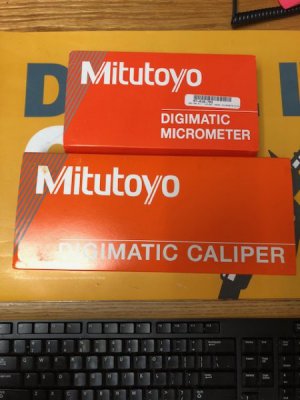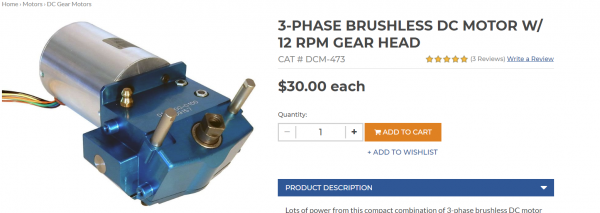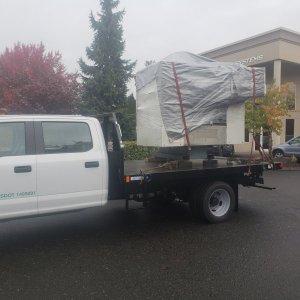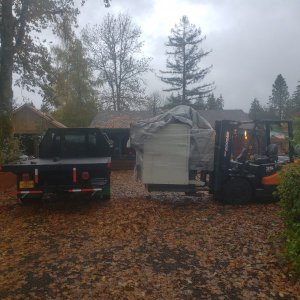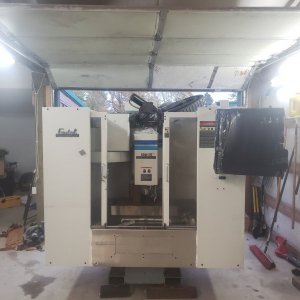- Joined
- Mar 26, 2018
- Messages
- 8,409
I bought a new one from H&W a while back. I don't know if it's a quality draw bar. I do think it threads in a bit too far.
I'm not having the problems I had that motivated me to replace it however.
Adding a washer is probably a prudent thing to do.
I like the confidence of the snug fit.
I'm not having the problems I had that motivated me to replace it however.
Adding a washer is probably a prudent thing to do.
I like the confidence of the snug fit.


